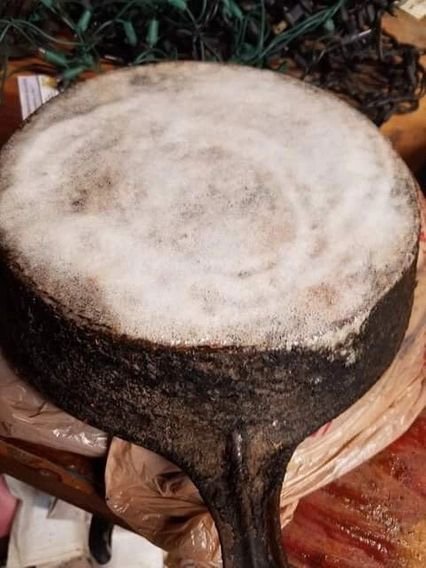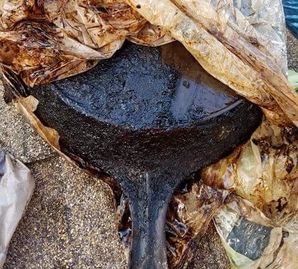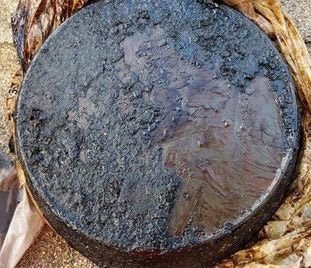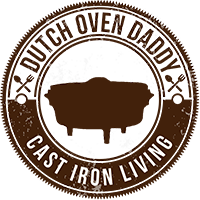Oven Cleaner Method
Discover how to bring new life to old cast iron cookware with oven cleaner. Our step-by-step guide shows you how to strip and reseason your pots and pans for optimal performance and flavor. Get expert tips on choosing the right oven cleaner, protecting your skin and workspace, and achieving a perfectly seasoned finish. With our help, you’ll be able to restore even the most stubbornly rusted or crusted cast iron to its former glory. Learn how to care for your cookware the right way and enjoy delicious, perfectly cooked meals for years to come.

Instructions
- Spray a heavy layer of Easy Off oven cleaner on the cast iron. This can be used to clean off heavy carbon build up, but will not remove rust.
- Place your cast iron in a trash bag and sit it outside in the sunlight. This will work in the cold, but works best on warm days.
- After 24 to 48 hours, you should be able to wipe it off or use a SOS pad to scrub the carbon off. If any is left, simply repeat the steps until clean.
- Once clean start the seasoning process.
*** NOTE: Make sure you use rubber gloves so that the oven cleaner does not get on your skin.
Credit: Cast Iron Community





Trackbacks & Pingbacks
[…] If your skillet comes out sticky after seasoning it usually means that you have too much oil on the skillet and it hasn’t completely polymerized. No need to worry! Your skillet hasn’t been ruined. You can restore the cast iron skillet using the Oven Cleaner Method. […]
Leave a Reply
Want to join the discussion?Feel free to contribute!